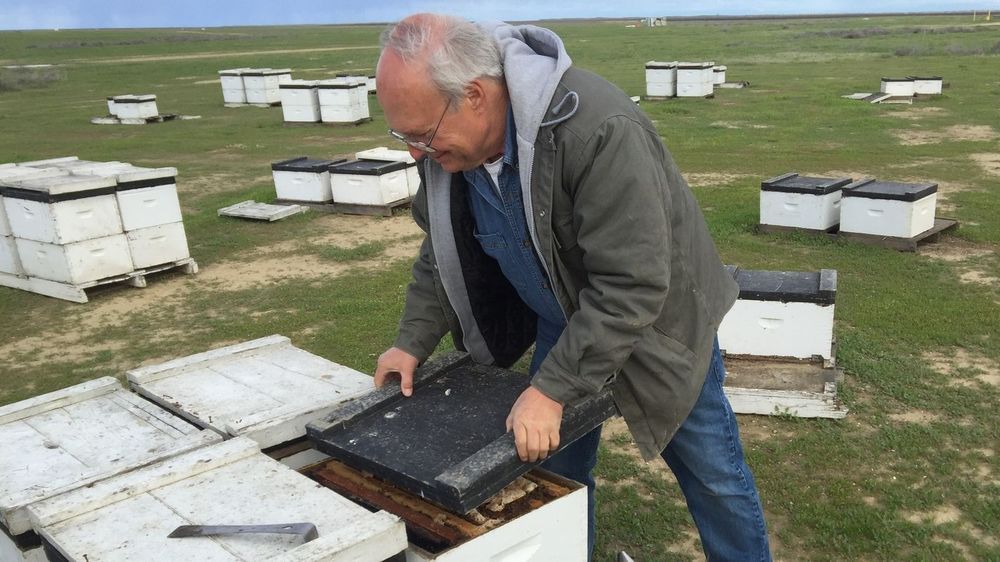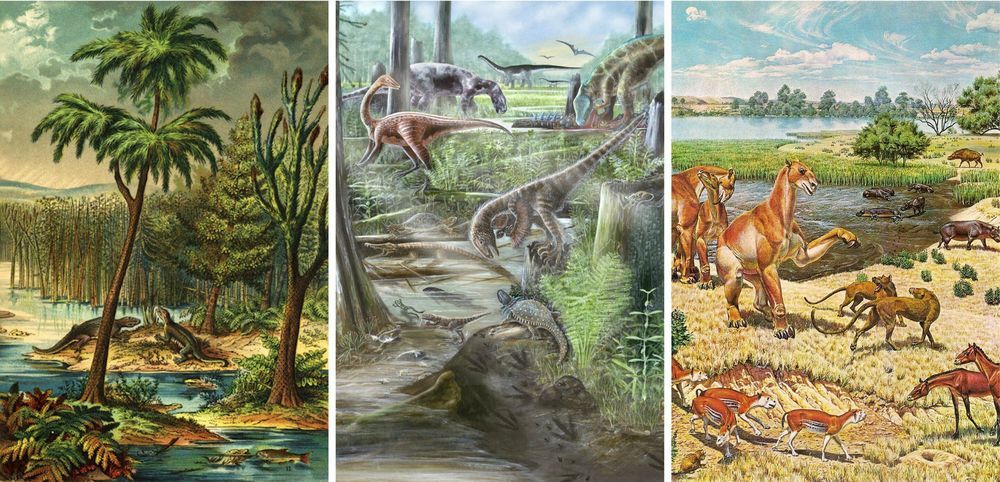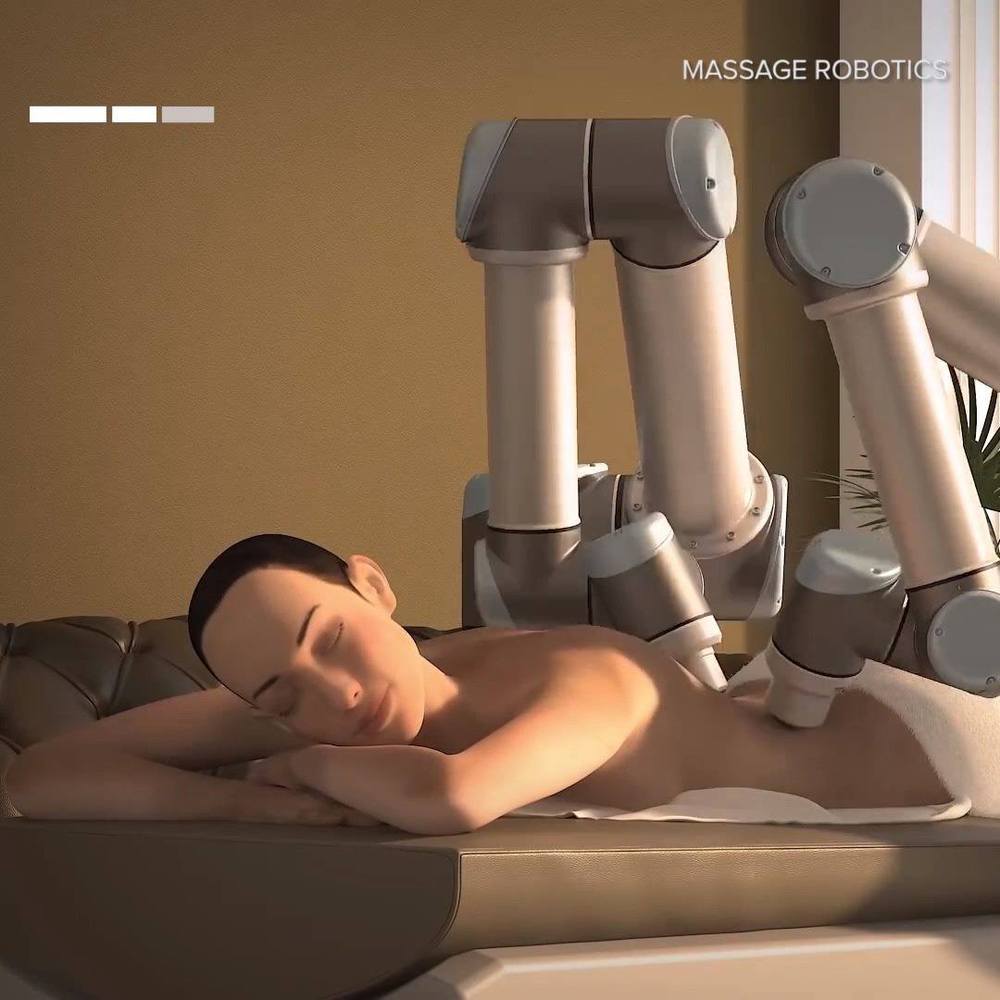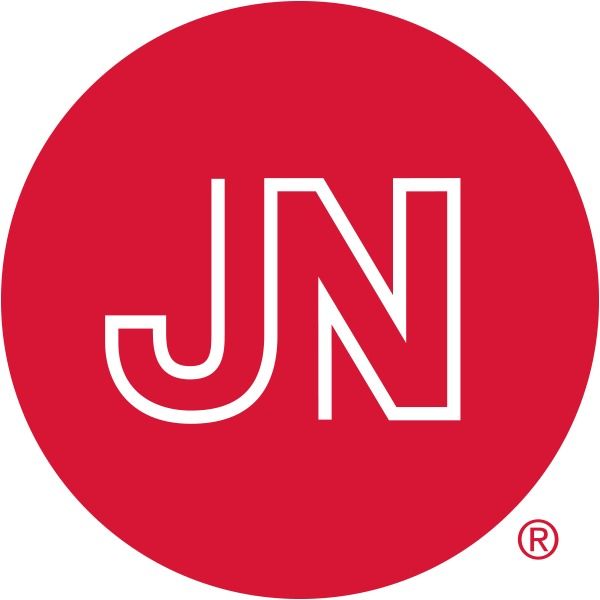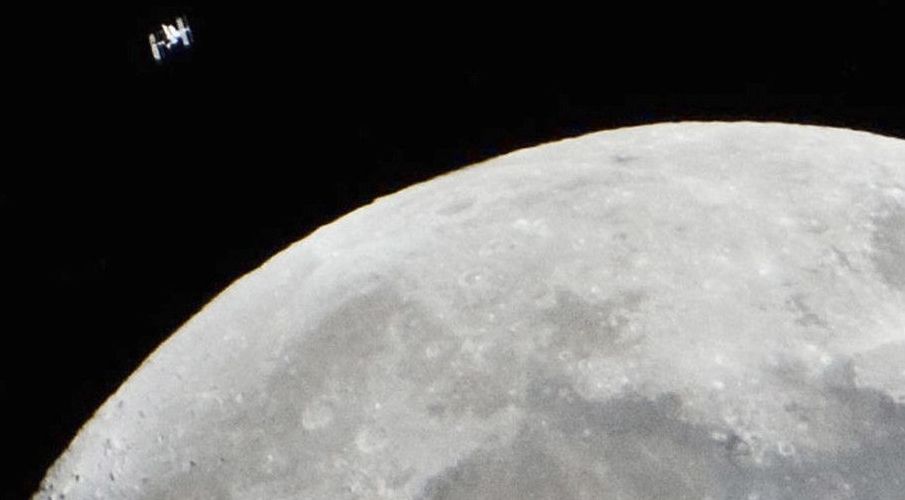Page 8892
Feb 18, 2019
Diversity on land is not higher today than in the past, study shows
Posted by Quinn Sena in categories: computing, existential risks
The rich levels of biodiversity on land seen across the globe today are not a recent phenomenon: diversity on land has been similar for at least the last 60 million years, since soon after the extinction of the dinosaurs.
According to a new study led by researchers at the University of Birmingham and involving an international team of collaborators, the number of species within ecological communities on land has increased only sporadically through geological time, with rapid increases in diversity being followed by plateaus lasting tens of millions of years.
Previously, many scientists have argued that diversity increased steadily through geological time, which would mean that biodiversity today is much greater than it was tens of millions of years ago. But building an accurate picture of how land diversity was assembled is challenging because the fossil record generally becomes less complete further back in time. By using modern computing techniques, capable of analysing hundreds of thousands of fossils, patterns are starting to emerge that challenge this view.
Feb 18, 2019
How Best to Resuscitate Patients With Septic Shock?
Posted by Paul Battista in category: biotech/medical
What is the best approach for resuscitation of a patient with septic shock? Despite considerable investigation over several decades, this important question still has no clear answer. There is agreement that resuscitation should proceed quickly, for the longer the delay, the greater the physiologic stress and end-organ injury. However, treatment options are principally intravenous fluids and vasoactive agents, which have the capacity to both help or harm the patient. Thus, these therapies must be titrated in response to markers of the adequacy of resuscitation. The 2016 Surviving Sepsis Guidelines advocate that the principal marker of the adequacy of resuscitation is serum lactate. Serum lactate level is elevated when the body relies on anaerobic metabolism. As such, an elevated serum lactate level is a reflection of tissue hypoperfusion and thus considered axiomatic of shock. However, serum lactate level can be elevated in conditions other than shock and yet may not always be elevated in some shock states. Furthermore, lactate clearance is often considered too slow to provide timely feedback to clinicians regarding the consequences of their treatment decisions. Moreover, not all patients with shock can be cared for in settings with access to rapid-turnaround serum lactate assays.
An alternative approach is to monitor compensatory physiological mechanisms. For example, in response to shock, the body will attempt to restrict blood flow to peripheral vascular beds. Thus, one of the simplest bedside clinical examination findings in shock is delayed capillary refill in the skin. The problem with delayed capillary refill, however, is that the examination can be difficult to standardize. Furthermore, there has been little empirical evaluation of resuscitation strategies based on this finding.
In this issue of JAMA, Hernández and colleagues report the results of a clinical trial in which 424 adults with early septic shock were randomized to 2 alternative 8-hour resuscitation strategies: one based on serial measurements of serum lactate levels and the other on peripheral perfusion, assessed by serial capillary refill time (CRT) examinations. The trial was conducted among patients in the intensive care unit with early septic shock, defined as patients with suspected or confirmed infection who were recognized within 4 hours to have elevated serum lactate level (2 mmol/L) and require vasopressors to maintain blood pressure despite a bolus of 20 mL/kg of intravenous crystalloids.
Feb 18, 2019
Could hackers ‘brainjack’ your memories in future?
Posted by Paul Battista in categories: futurism, neuroscience
A decade from now, memory-boosting implants could be available commercially, but at what risk?
Feb 18, 2019
Bandages with microscopic needles could be the next big thing in vaccine delivery
Posted by Genevieve Klien in category: biotech/medical
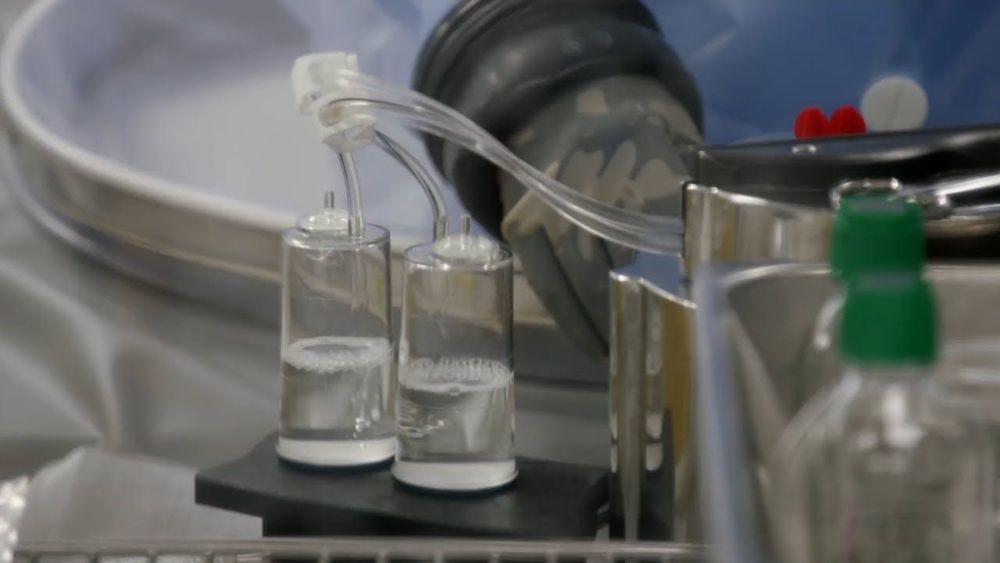
Going to a clinic for a vaccine shot may no longer be necessary with this technology that’s now in development.
South China Morning Post February 19, 2019.
Feb 18, 2019
World’s biggest terrestrial carbon sinks are found in young forests
Posted by Genevieve Klien in category: futurism
More than half of the carbon sink in the world’s forests is in areas where the trees are relatively young—under 140 years old—rather than in tropical rainforests, research at the University of Birmingham shows.
Feb 18, 2019
Elon Musk Believes Super Heavy Starship Will Eventually Be Built for Less than Falcon 9
Posted by Quinn Sena in categories: Elon Musk, space travel
Elon Musk believes there is a path for the SpaceX Super Heavy Starship (SHS) to be built for less than a Falcon 9. Currently, a single use SpaceX Falcon 9 can be purchased for about $62 million. The estimates for the cost of the SpaceX Super Heavy Starship (SHS) are about $250 to 400 million.
The current design of the SpaceX SHS has 38 Raptor engines. There are 31 Raptor engines in the Super Heavy booster and seven in the Starship upper stage. There are 9 Merlin engines in the SpaceX Falcon 9.
This will sound implausible, but I think there’s a path to build Starship / Super Heavy for less than Falcon 9
Feb 18, 2019
SpaceX Casting Raptor Engine Parts from Supersteel Alloys
Posted by Quinn Sena in categories: Elon Musk, space travel
SpaceX is developing stronger steel superalloys. SpaceX is making improved versions of Inconel alloys.
SpaceX metallurgy team developed SX500 superalloy for 12000 psi, hot oxygen-rich gas. It was hard. Almost any metal turns into a flare in those conditions.
— Elon Musk (@elonmusk) December 23, 2018
Continue reading “SpaceX Casting Raptor Engine Parts from Supersteel Alloys” »
Feb 18, 2019
Unbelievable VIDEO of International Space Station racing across moon caught by amateur astronomer
Posted by Alberto Lao in category: space
The stars aligned for a London based amateur astronomer, who managed to catch a shot of the International Space Station passing in front of the moon under the perfect conditions, with epic results.
Spotting ISS’s lunar crossings is extremely rare, making the close-up footage of the vessel’s swift passage particularly remarkable. While other amateurs have captured similar crossings, Szabolcs Nagy’s clip is incredibly close and clear, showing the manned satellite streaking through the center of the frame.
